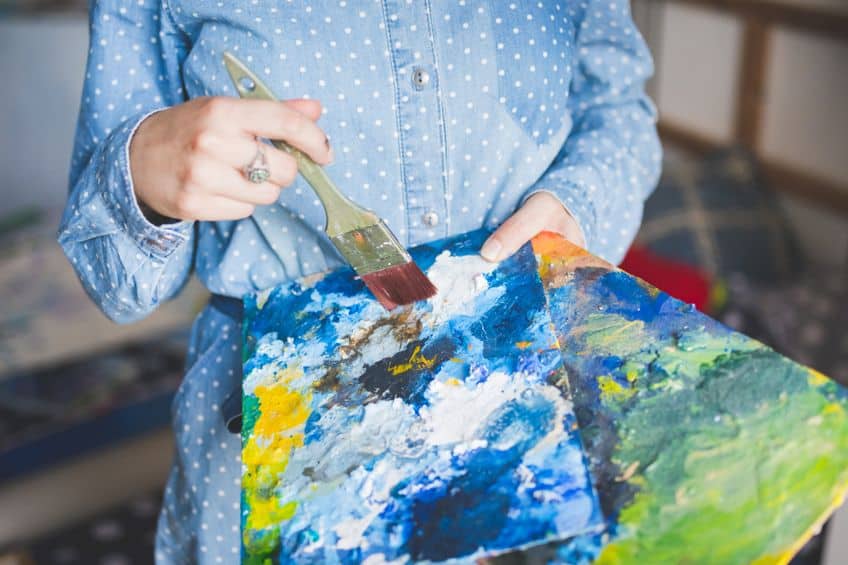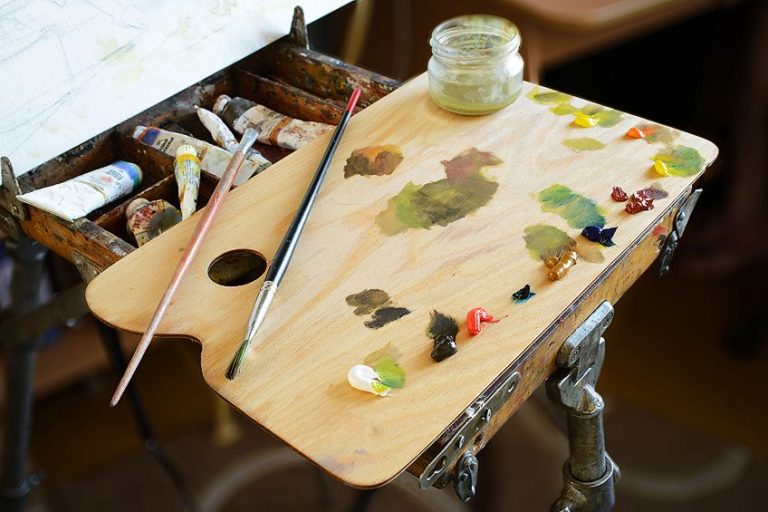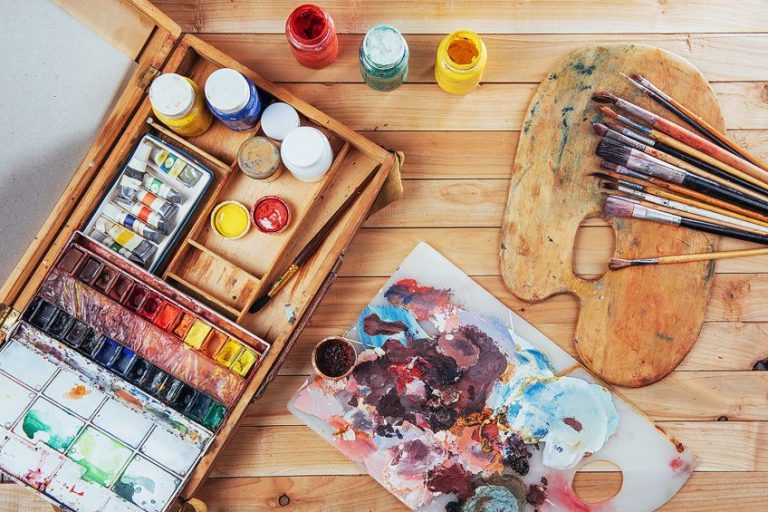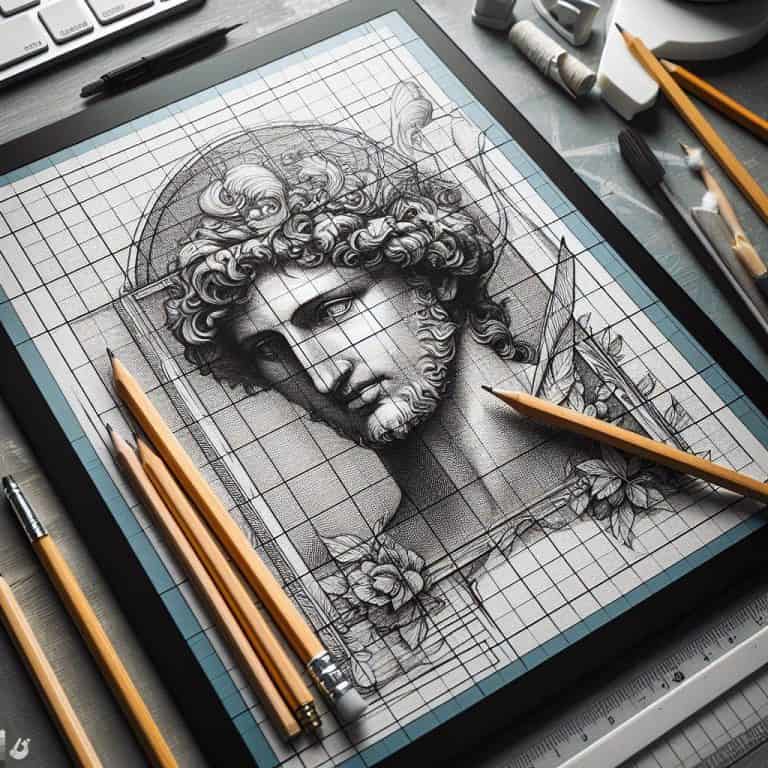What Is Egg Tempera Paint? – How to Use This Ancient Paint Form
Egg tempera paint was used by artists for centuries as the preferred medium for their panel paintings. These can be seen in many medieval Renaissance works of art that are on show in art galleries and museums all over the world. It was also a standard painting medium that was used by artists in the Western world, but lost popularity after the 15th century with the introduction of oil paints. What is tempera paint, though? Read further to discover the answer to this question in more detail, and learn how you can make and use it!
What Is Egg Tempera Paint?
The word “tempera” initially came from the word “temper” which means “to bring to a desired consistency”. Modern-day tempera paint also referred to as “poster paint”, which is used in many schools and art classes because it is easy to clean up and very cheap. However, it is very different from the original or true tempera paint, as it uses decorative paint that uses different types of binding materials like cornstarch or glue.
The original tempera paint is made using dry ground pigments that are mixed with the yoke of an egg, which serves as a binder. The yoke is separated from the white and mixed with the dry pigments, which are then diluted in water. Because the yoke dries very quickly, it tends to crack, so other agents are included in the mixture.
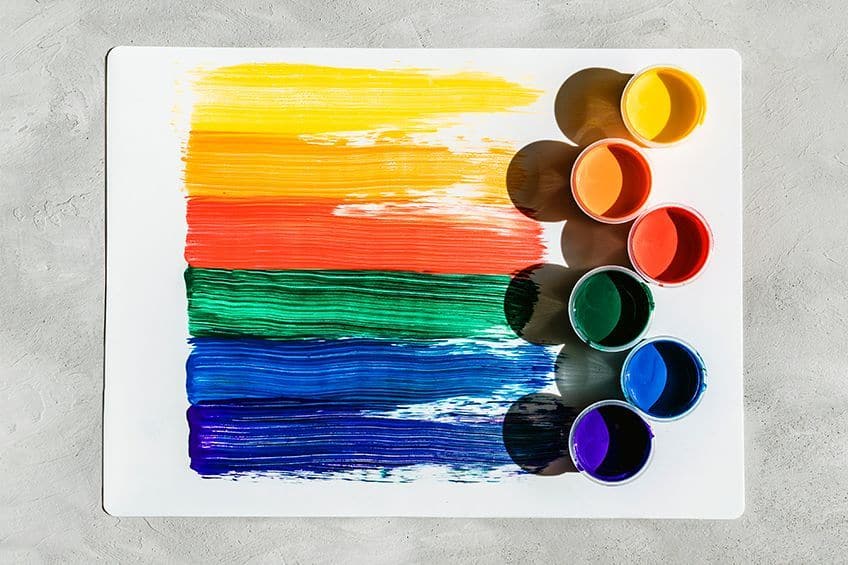
Original tempera paint is very long-lasting as can be seen in many paintings that were created centuries ago, which are still in existence today. However, modern tempera paint or poster paint does not last for very long and can also easily be removed with the use of some water.
Most of the old paintings using egg tempera paint, were painted on wood panels made from poplar wood. However, poplar wood was prone to warp over time, so the panels were constructed by combining numerous wooden slats. The preparation of the wood surface requires skill and craftsmanship. Today, it is easy to just go and purchase a prepared wood known as hardboard, Masonite, or clay board. The artist was not able to just go and paint directly on the wood panel as the paint would quickly be absorbed into the wood. So, the surface needed to be prepared using gesso, which provided a foundation for the paint.
Also, this helped with the removal of any textural inconsistencies on the surface of the wood panel.
Composition of Tempera Paints
All types of paint are made when a pigment is combined with a binder, and some type of solvent is added to give the paint the viscosity that is needed. Egg tempera paint is made in the same way, a pigment is combined with a binder, which is the egg yolk, and the solvent is water.
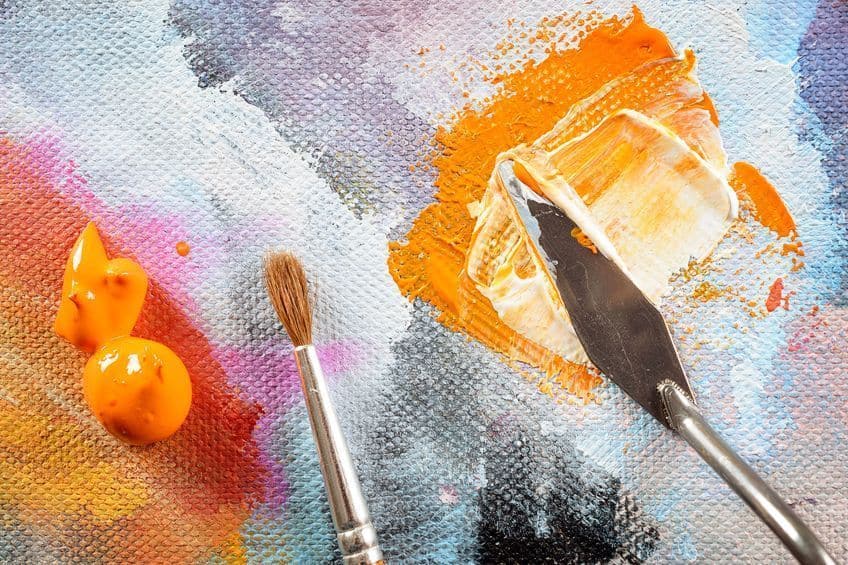
The pigment provides the paint color, and in the past, has come from various sources, such as plants, insects, and natural minerals. Today, most pigments are synthetic and we can simply go to the store and buy the paints in jars and tubes. The binder is the vehicle the paint needs to allow it to move and hold the pigment together. The vehicle for tempera paint is the egg yolk that is combined with the water, the egg yolk being the binder of the paint.
Brief History and Usage of Egg Tempera Paintings
In Ancient Egypt, artists used egg tempera paint for the famous realistic-looking Fayum mummy portraits. During the early Christian era, tempera paints were used to paint icons, which is a tradition in the Eastern Orthodox Church that is still in use today.
Egg tempera paint was used in decorating the interiors of various churches as well as palaces. This was mostly done in the form of wall paintings or murals. Egg tempera became a commonly used paint in the 14th century when the Flemish artist Jan van Eyck used it to paint small wooden panel egg tempera paintings (1390 to 1441). However, Flemish painters soon moved away from egg tempera paint and started using oil paints, which were introduced in the 15th century.
The moving away from egg tempera paint to oil paint can be seen in Michelangelo’s work from 1475 to 1564.
Two of his paintings are housed in the National Gallery London, showing the unfinished egg tempera painting of “Manchester Madonna” (1497), painted with egg tempera medium. This is hanging next to the completed painting “The Entombment” (1500) painted with oil paints.

From that time onwards oil paints became the preferred paint medium up to the 19th century, where we see egg tempera paint once again being used by Pre-Raphaelites, who wanted to see egg tempera paintings returning to the art world as it was before the 16th century. Egg tempera art was never really lost forever, as famous modern artists like Andrew Wyeth (1917 to 2009) rediscovered the use of egg tempera paint. His skilled hands proved that the egg tempera medium could rival oil paints with its representational descriptiveness.
Characteristics of Tempera Paint
Egg tempera paint has many excellent characteristics, but it also has its disadvantages. Egg tempera paint was used mostly by famous artists who wanted to reproduce famous oil paintings of portraits with all their fine details. Here are some of the characteristics.
- Durability: The paint is very long-lasting, as proven by the many paintings that have lasted for centuries.
- Drying time: Tempera paint dries quickly and can dry within 30 minutes.
- Versatility: The paint can be used on several surfaces like wood, canvas, glass, board, and paper. When applied thinly, it can create a three-dimensional and transparent effect.
- Texture: Tempera paint has a unique texture, which can be complex or delicate. The egg yolk gives it a characteristic sheen and provides a velvety feel when dry.
- Lightfastness: Depending on the pigments used, tempera paint is less likely to fade when exposed to light.
Above are the various characteristics, but now let us take a look at some of the pros and cons of egg tempera paint.
[su_shadow style=”simple”][su_panel]Again, remember that the egg tempera is slightly different from the tempera paint you can purchase in jars, although they have similar characteristics.
PROS
- Reasonably priced
- Easy to apply
- Excellent for beginners
- Will not fade over time
- Safe to use, and non-toxic
- Long-lasting
CONS
- Peels off when applied to paper
- Cannot attain deep color saturation
- Cannot be applied too thickly
- May crack
- Limited color range
How to Make Egg Tempera Paint
The age-old problem for artists in the past was how to get the color or pigment to stick to a surface. The answer was to create a binder that would act like glue, fixing the pigment to the surface. Many surfaces like wood, paper, or canvas are porous and they will absorb fluids, leaving the pigments on their own. This can result in flaking, or with surfaces like aluminium that are non-porous, it can result in the paint peeling off.

If you have ever done some baking of your own, you will know that an egg is a sticky substance that can bind other ingredients together. So artists have used this principle and used an egg yolk to create a strong bond with the pigments, binding them together. This is what we now call egg tempera paint. Let us now consider how to make egg tempera paint.
Preparation of the Wood Panel
Select the type of wood panel material you are going to use to apply the paint. This can be canvas, paper, or wood, but wood panels are the preferred type of surface for tempera paint. As tempera paints form flexible films when applied, the best wood panel would be solid wood, fiberboard, hardboard, or plywood.
Take a fine piece of sandpaper that is 320 grit and lightly scuff the surface of the wood panel, which will give the paint a roughened surface to stick to. Try not to roughen the surface too much, which can expose the wood fibers.
This can result in wood swelling when the egg tempera paint, which is water-based, is applied.
Take a clean cloth, wet it with some isopropyl or denatured alcohol, and remove any surface debris and paraffin wax that may be on the wood surface from the manufacturing process. This step is very important as it will allow the paint to adhere to the smooth surface of the wood.
Next, you need to apply a sealant, or size, to both sides of the wood panel. This will assist in preventing the possible warping of the wood panel in the future. Types of sealants you can consider are PVA, varnishes, and acrylic polymers. Some artists have also used shellac and polyurethane, but you need to take care and not apply the sealing coat too thickly. If needed, you can apply a second layer, and then allow the wood panel to dry completely.

Mixing Process of Egg Yolk With Pigments
The ideal thing with using egg tempera paint is you can make use of almost anything as a pigment. Some artists prefer to grind and mix their own pigments. However, there are alternatives, you can use watercolors, which are available at most stores and come in many different colors.
Now that you have your pigment, let us concentrate on the egg yolk. You need to first separate the yolk from the white. Try to make sure you remove all the white, as it may hinder the adhesion of the paint.
Take the egg yolk and gently roll it on a paper towel. However, take extra care as you do not want to puncture the yoke in the process.
You must make sure that the egg yolk is dry. Take the egg yolk and place it on your palette, then break the yolk by using the bristles of your brush. Remove all the yellow from the yolk sack and discard the sack. Next, add a teaspoon of water to the yolk and stir it in well, then add your pigment and ensure the consistency is the same as that of oil paint. Once done, your paste is ready to use.
Remember that the tempera paint, because it is mixed with the egg yolk, will dry quickly. So, you must work fast once it is mixed and ready for use. Also, because it dries so fast, you will not be able to use it again the next day and you need to remake a new batch.
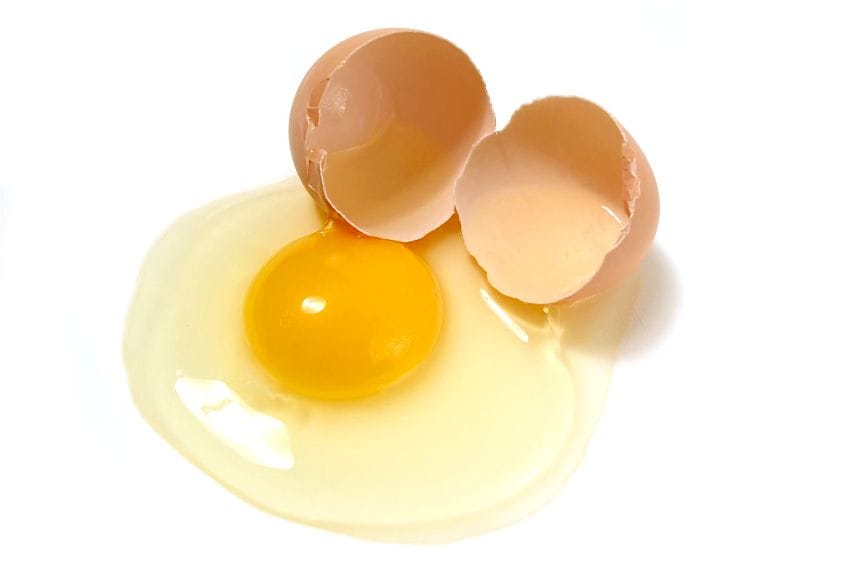
Application Techniques
Not all painting mediums are the same, so before applying or using any type of painting medium, you need to understand its characteristics. This means that you will not use the same techniques when applying egg tempera paint as you would when applying acrylics or watercolors.
The techniques you use when painting with egg tempera are vastly different from the techniques you use when painting with oil or acrylic paints, and many artists firmly believe that the process is more similar to that of drawing.
Brushwork and Layering
When applying egg tempera paint, it is best to apply it in thin washes, as the paint is slightly transparent you need to build up the colors by layering. If you apply the paint too quickly and heavily, it could cause the paint to crack over time. Egg tempera paint is well suited for glazing, which is the process of layering transparent, or semi-transparent paint colors over other colors. The process will slightly alter the color, which will allow the artist some time to make some subtle changes to the intensity, hue, and value of the paint. This is a very popular technique that is also used with watercolors, acrylic, and oil paints.
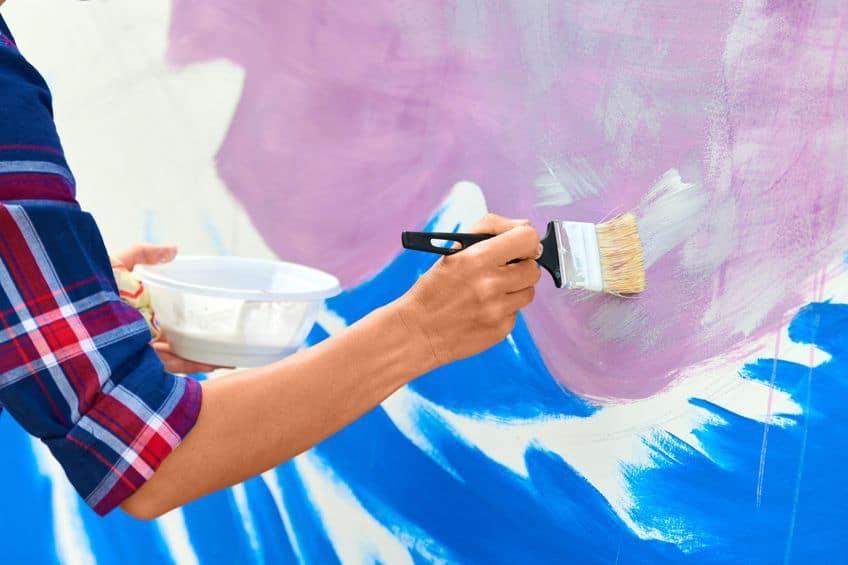
Every artist likes to do their best to accomplish a full range of tones and values with their paintings, and with egg tempera paint, this is best achieved by patiently layering the paint. This helps with slowly pushing the darker values by progressively layering darker tones of color. The same technique applies to lighter values, where you can gradually create areas of lighter tones.
Cross-Hatching and Stippling
Cross-hatching is a technique used to create shading or tonal effects by drawing parallel lines at an angle. Most egg tempera painting is done using the cross-hatching technique. This is because the paint dries very quickly, and the paint is suitable and adaptable to drawing lines instead of creating soft buttery layers. Stippling is a technique where small dots or circles of the same color are used to create a pattern or image. This affects the shading, and by using a stippling bristle brush, you can apply the paint by dabbing or brushing.
The main goal or aim is to create an illusion of detail.
Building Up Textures and Details
There are many ways and techniques you can use when applying egg tempera paint. However, the traditional method is still the best, which is by first building up layers of paint using small strokes over the underpainting. The first layer of small strokes uses natural colors that follow the contour of the image or subject, leaving a lot of the underpainting visible. Be careful when using a loaded brush, as it could result in opaque blobs of paint.

To make light marks, use the dry brush technique, where your brush has only a small amount of color on the bristles and gives the impression of super-fine detail. These light dry brush marks leave sections of the underlayer exposed, creating the impression of texture. You can then continue to build up more layers.
Drying Time for Tempera Paint
How long does egg tempera paint take to dry? Generally, tempera paint can dry in about five to ten minutes. However, there are a whole lot of factors that need to be considered to know the correct time it takes to dry properly. Tempera paints are water-based, and egg yolk is used as a binder to hold the pigments together.
The drying of tempera paint relies on evaporation to dry, which means that factors like humidity and temperature play a major role in the drying time of tempera paint.
Another issue that can affect the drying time of tempera paint is the surface onto which it is applied. Porous surfaces, like canvas or paper, will dry faster than non-porous surfaces like glass. If tempera paint is applied in thick layers, it will take longer to dry than if applied in thin layers. Do not be alarmed if you notice the tempera paint smelling after application, just leave it for a few days and the smell will go away.
Preservation of Tempera Paintings
Tempera painting is a painstaking process and can take a long time to complete. It would be a tragedy if it were spoiled and all your hard work is in vain. So, how do you preserve tempera paintings? Tempera paintings can last for centuries, but they need to be sealed to protect them from dust, UV rays, and moisture. Otherwise, they can discolor and fade, but be careful to ensure the paint is completely dry before applying any surface protection.
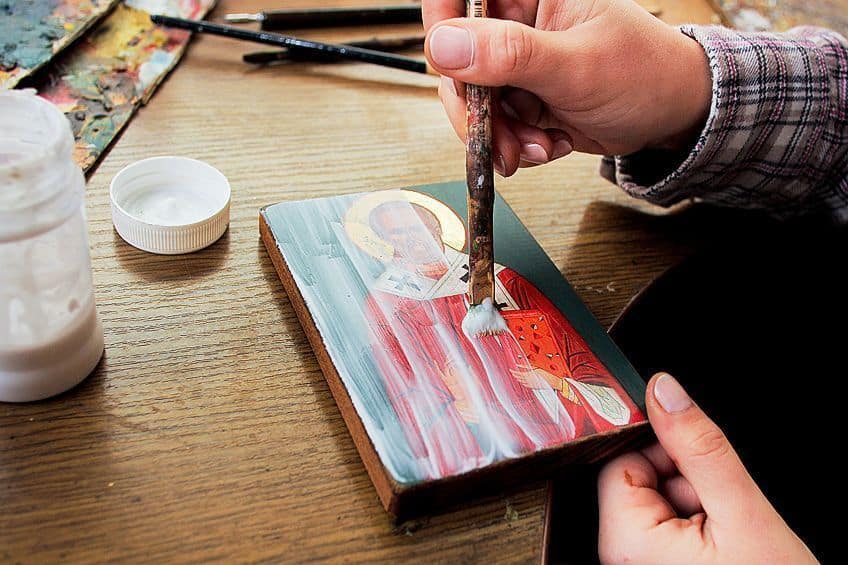
There are various types of sealants available for sealing tempera-painted surfaces, which include wax, fixative sprays, and varnish. Each one of these sealants has different benefits and depends on the specific needs and conditions you have. Let us consider these sealants separately.
- Varnish: This type of sealant is perfect for protecting the tempera paint surface that will be displayed outdoors, or where there are high levels of humidity.
- Wax: This type of sealant is perfect for protecting the tempera paint surface that needs to be protected from dust and moisture, and is not exposed to outdoor conditions.
- Fixative spray: This type of sealant is perfect for protecting the tempera paint surface that is painted on paper surfaces to prevent them from rubbing off or smudging.
Tempera Paint and Other Painting Mediums
In the painting world, there are many different painting mediums to choose from, and each one of them has unique drawbacks and benefits. If you are not a seasoned artist and would like to expand your expertise, but are not sure which painting medium is best for you, let us help you with some valuable information to make your selection easier.

Egg Tempera Paint vs. Oil Paint
How does tempera painting differ from oil painting? Firstly, oil paints take a lot longer to dry than tempera paint. This is because oil paint has pigments, resin, and solvents, and is suspended in oil, whereas tempera paint has pigments mixed with egg yolk as a binder. Tempera paints cannot be thickly layered as oil paints, and they dry very quickly, making the artist work in small areas using cross-hatching and small strokes. This makes it an ideal paint for fine detailed work like portraits.
However, tempera paints can also create paintings with beautiful rich colors.
How does tempera painting differ from oil painting? Because oil paints dry slowly, it allows the artist time to fix the painting and create small details. This may also be a disadvantage, as it takes much longer to complete a painting because it dries so slowly. Oil paints also give off toxic fumes that can be dangerous for your health, and requires solvents for thinning and cleaning the brushes. Egg tempera paint is easy to remove by using water and soap and does not give off any toxic fumes.
Egg Tempera vs. Acrylic Paint
Acrylic paint, like tempera paint, is water-based, has vibrant colors, and dries quickly. Acrylic paint is inclined to be flat, and layering is only good for creating depth and not for texture. Tempera paint has a creamy consistency, whereas acrylic paint can go from a fluid to a thick and heavy-bodied consistency. The drying time of both paints is about the same, but acrylic paints have a wide range of vibrant colors with excellent opacity. Tempera paints are more translucent and need multiple layers to cover fully.
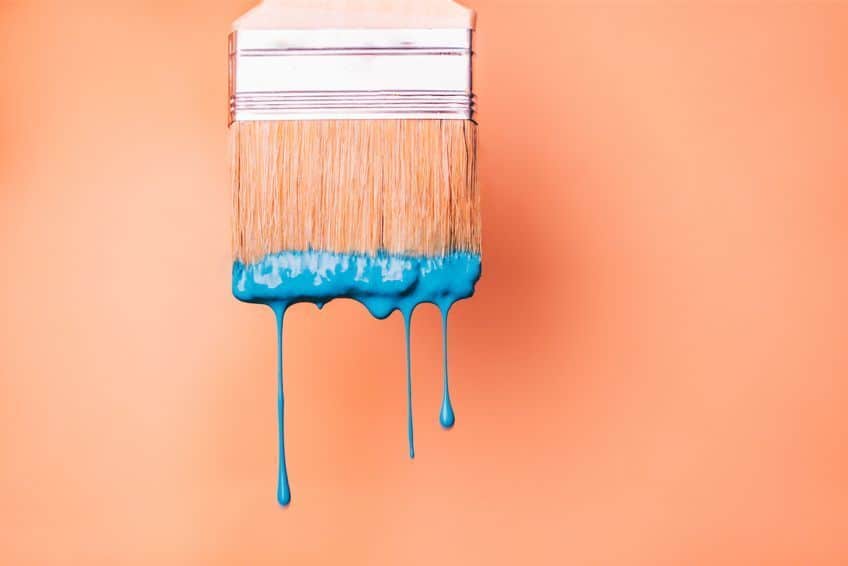
Acrylic paints can fade over time, while tempera paints can crack if not properly protected and sealed. Acrylic paints are very easy to blend, making them a perfect choice for different techniques. However, tempera paints are more challenging to blend, and their unique characteristics are ideal for specific techniques.
Egg Tempera vs. Watercolors
Both tempera and watercolor paints are water-based, but they have some key differences. Tempera paint is more opaque and thicker than watercolors, and it dries much quicker and is much harder when dry. Tempera paint is made using dry pigment, egg yolk, and water, whereas, watercolors have a high concentration of pigments usually between 20 and 50 percent, and are much lighter. There is a tempera watercolor paint that is made from pigment, water, and gum or resin as a binder. This is used for painting on cardboard or paper, but can also be used on wood, glass, or metal.
Tempera paint is well-known for its vibrant colors as well as its ability to create an even and smooth finish. Below is a basic comparison table for the different paint mediums.
| Characteristics | Tempera Paint | Acrylic Paint | Oil Paint |
| Durability | Long-lasting | Long-lasting | Long-lasting |
| Drying Time | Quick drying | Quick drying | Slow drying |
| Versatility | Wood, canvas, glass, board, and paper | Wood, canvas, glass, board, paper, metal, plastic, and fabric | Wood, canvas, glass, board, paper, metal, walls, plaster, and stone |
| Texture | Smooth | Not smooth | Smooth |
| Lightfastness | Less likely to fade | Long-lasting | Long-lasting |
Tips for Working With Egg Tempera Paint
Many artists feel that egg tempera paint is a very difficult medium to work with, due to the paint’s fast drying time. However, once you have passed the initial learning curve, it can become a very versatile medium to work with, allowing you to create amazing works of art. Let us now consider some tips that may be of help to you as you learn to work with this paint medium.
- When working with egg tempera paint, apply the paint in a thin and dry brush manner.
- Impasto techniques are not suitable for egg tempera paint, as the egg is not a very strong binder.
- Applying the paint thinly gives it a chance to dry quickly, making the bond stronger.
- Try painting using a dry brush as a wet brush has the tendency to lift the previous layer.
- It is easy to use a paper towel to remove the paint after each application.
- When painting, use a surface that is rigid and absorbent.
- Oil or acrylic-based gesso is not suitable for egg tempera paint, as it is not absorbent enough to form a strong bond with the egg yolk.
- The traditional gesso that contains gypsum, whiting, and rabbit skin glue is an excellent ground to use, as it is very absorbent.
- Be sure to use a good sable blend brush that can hold its shape and can be shaped into a chisel point.
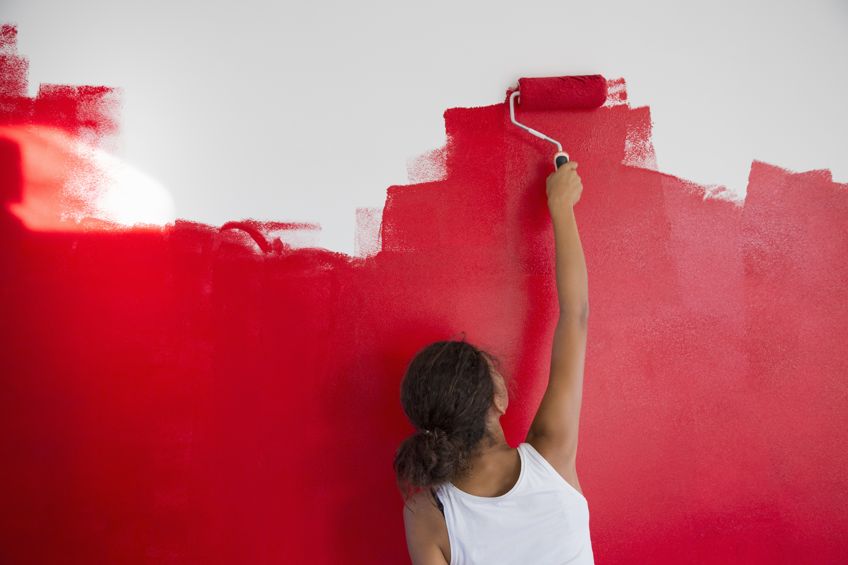
We hope that this article has helped and encouraged you to venture out into the world of egg tempera art. Always bear in mind that egg tempera paint is different from other painting mediums, and it requires you to approach its application differently. If you feel like trying out a new painting medium, then why not give egg tempera paint a chance. It is, after all, one of the oldest paint mediums around!
Frequently Asked Questions
What Is Egg Tempera Paint?
Egg tempera is an old painting medium that contains a pigment, egg yolk, and water. This makes it water-soluble and quick-drying, and is usually applied to wooden panels.
What Are Some of the Main Characteristics of Egg Tempera Paint?
Egg tempera paint holds less pigment and appears more transparent. This means you can see the gesso layer below, which adds more depth to the painting. The paint also does not change over time and is resistant to light.
Can You Make Tempera Paint Without Eggs?
The purpose of the egg in the paint is to give it a glow, making it difficult to match with any other type of ingredient. Some artists substitute the egg with gum Arabic found in tree sap, which is also the same ingredient that is used in watercolors and gouache. This substitute acts the same as the egg, binding all the ingredients.
In 2005, Charlene completed her Wellness Diplomas in Therapeutic Aromatherapy and Reflexology from the International School of Reflexology and Meridian Therapy. She worked for a company offering corporate wellness programs for a couple of years, before opening up her own therapy practice. It was in 2015 that a friend, who was a digital marketer, asked her to join her company as a content creator, and this is where she found her excitement for writing.
Since joining the content writing world, she has gained a lot of experience over the years writing on a diverse selection of topics, from beauty, health, wellness, travel, and more. Due to various circumstances, she had to close her therapy practice and is now a full-time freelance writer. Being a creative person, she could not pass up the opportunity to contribute to the Art in Context team, where is was in her element, writing about a variety of art and craft topics. Contributing articles for over three years now, her knowledge in this area has grown, and she has gotten to explore her creativity and improve her research and writing skills.
Charlene Lewis has been working for artincontext.org since the relaunch in 2020. She is an experienced writer and mainly focuses on the topics of color theory, painting and drawing.
Learn more about Charlene Lewis and the Art in Context Team.


